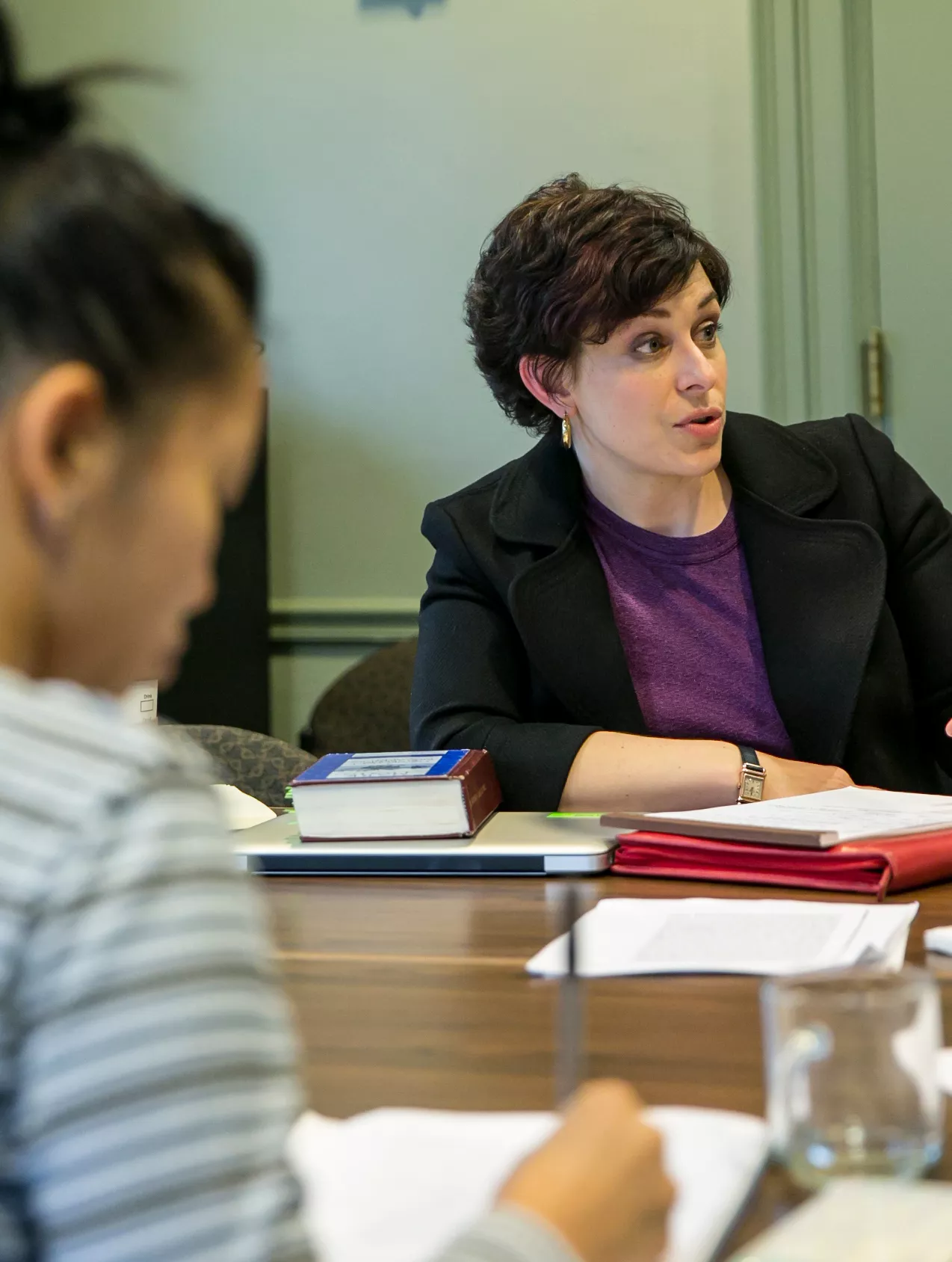
Associate Professor of History Elly Truitt’s most recent book Medieval Robots: Mechanism, Magic, Nature, and Art (UPenn, 2015) looks at the history of automata in medieval Latin culture, when they appeared in the Latin Christian West as gifts from foreign rulers in Baghdad, Constantinople, and Chengdu.
She describes her research interests more broadly as being rooted in the Latin and European vernacular traditions and focusing on “the circulation of objects (natural and artificial) and knowledge throughout the medieval world.”
Now, thanks to a New Directions Fellowship grant from the Andrew W. Mellon foundation, Truitt will be able to expand her scope to include much more of the Arabic scientific tradition.
“Sustained, systematic training in these new areas will transform my scholarship into genuinely comparative work on medieval technology and the mechanical and mathematical sciences and, more broadly, the intellectual and cultural history of the medieval period,” wrote Truitt in applying for the grant. “A deeper understanding of the medieval Islamicate world, especially the production and circulation of treatises on engineering, astral science, and astrological magic, when combined with my existing interdisciplinary background, would also allow me to present comparative, rigorous work to multiple audiences.”
The $208,000 grant will allow Truitt to learn Arabic, enroll in graduate seminars on medieval Islamic history and visual culture, study in-depth medieval Arabic scientific diagrams and technical drawings as a Visiting Fellow at the Schoenberg Institute for Manuscript Studies at the University of Pennsylvania, and continue her instruction in the UK, Spain, and Morocco.
The New Directions Fellowship will also foster exciting possibilities for Truitt’s undergraduate teaching and curriculum development.
“It will allow me to enrich my current courses and offer new ones on science in the medieval world, the Arabic conquests, and the Islamic ‘Golden Age,’” says Truitt, who also sees new possibilities for co-instruction with colleagues in the History of Art, Museum Studies, and Physics.